Maggia (municipality)
Maggia is a municipality in the district of Vallemaggia in the canton of Ticino in Switzerland.
Maggia's municipal borders were created in 2004 when the previous municipalities of Maggia, Moghegno, Aurigeno, Giumaglio, Someo, and Lodano were united. The municipality contains roughly 2,400 inhabitants and its official language is Italian.
Maggia is first mentioned in 1200 as de madia. In 1225 it was mentioned as Madiis, 1270 Madia.[1]
It was first recorded in 1270 as Madiis. This history contradicts a persistent legend about the history of the town's name. "Maggio", meaning "May" in Italian, was thought to be the source of Maggia's name as legend dictated that in this month settlers first arrived at the site.
Roman era graves have been discovered in Maggia.[1]
Maggia broke away from the parish of S. Vittore in Murano in 1000, to form their own parish. The church in Maggia was the first parish church of the lower Maggia valley. It was the mother church of the other parishes that developed in the region in the following centuries. The current church of St. Mauritius was built in 1636. In 1855 the front facade was extended, followed in 1881 by a monumental staircase. The church was renovated in 1996-98. The Oratory of Madonna delle Grazie was built in 1510 on the site of an earlier chapel. It contains frescoes from around the construction and votive paintings by Giovanni Antonio Vanoni. In the Antrobio chapel there are frescoes from the 15th Century, which are among the oldest in the valley.[1]
The local economy was, up in the middle of the 20th century, based on agriculture, even if a portion of the population worked in the quarries. Starting in the 18th century there was a major emigration to Italy, and later overseas. Between 1907 and 1965, Maggia was served by the railway line Locarno-Bignasco. The residential area initially clustered around the nucleus. The old village core included Casa Martinelli which was built in the 17th century, was used as a school house and then a retirement home. With the economic growth of Locarno the population of Maggia grew. The village expanded in the direction of the fields and grottos. In 1977-78, the Aurigeno school opened, which was a central school for the lower Vallemaggia. With the merger of 2004, Maggia has become a more important regional center.[1]
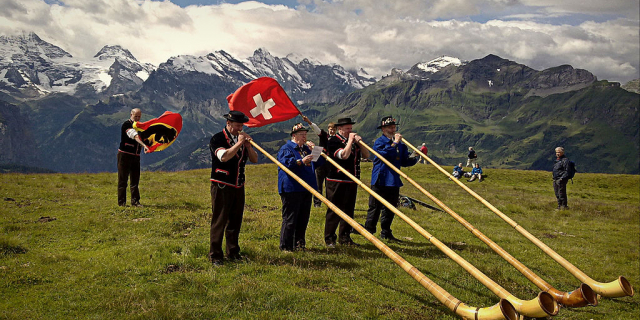

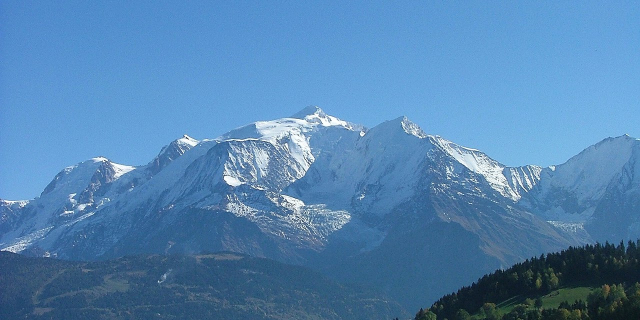




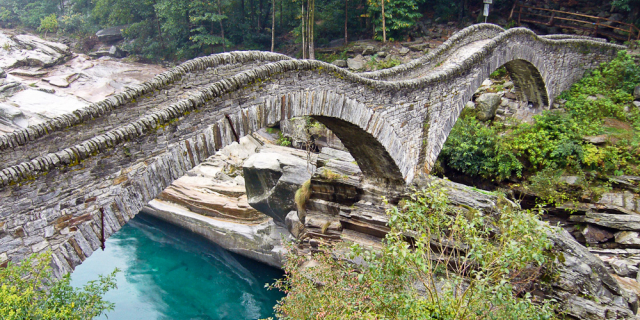



![– Wladyslaw [Disk.] - CC BY-SA 3.0 de](/sites/default/files/styles/640x320/public/pla/images/2020-07/1280px-Lavertezzo-panoramic_view.jpg?h=4c04e91b&itok=jRvwLsw1)




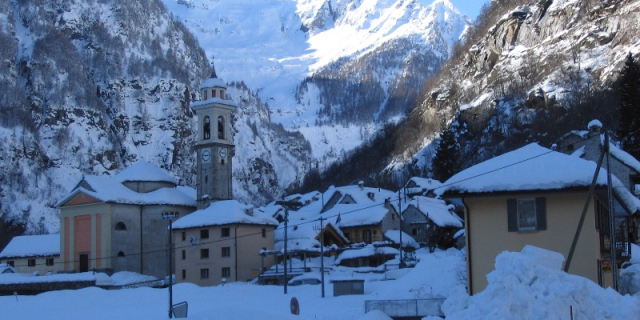
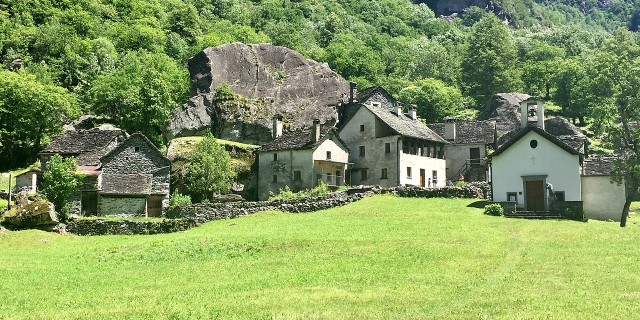

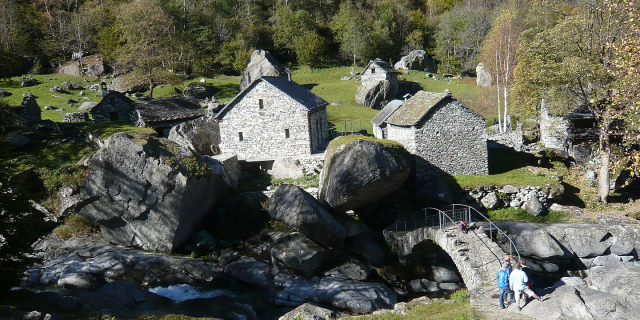









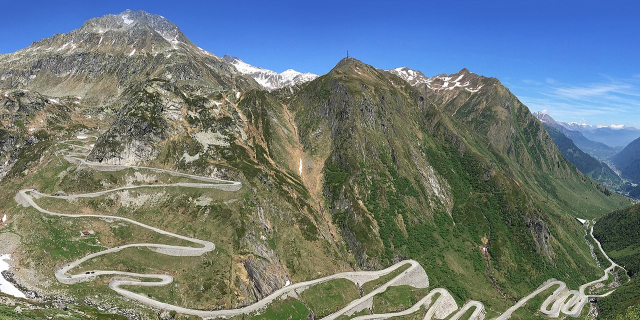
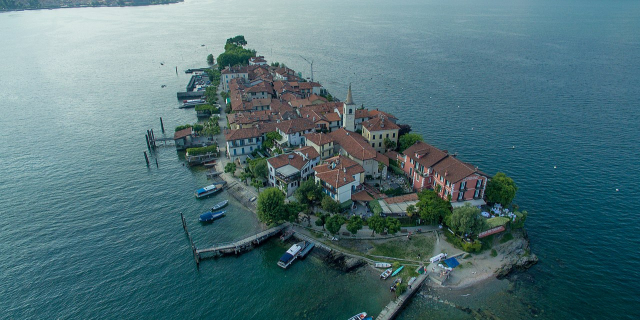

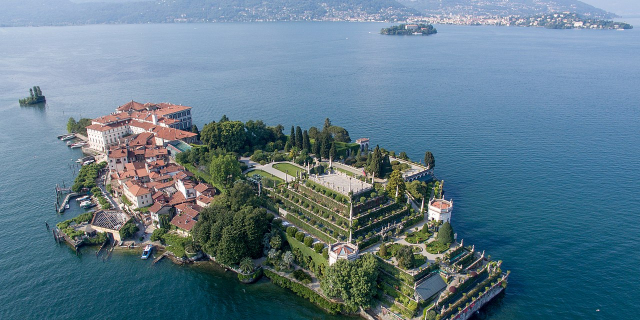

Add new comment